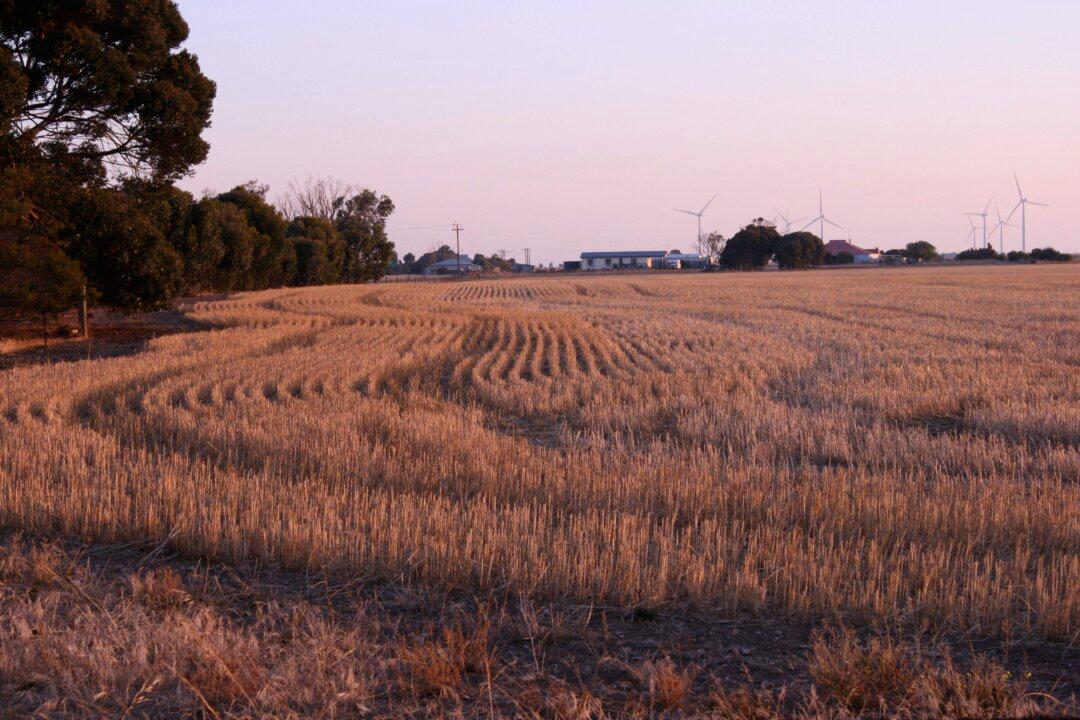Step into the old days of deep forests and traditional timber boats in Tasmania’s Huon Valley.
The shadowy and spectacular Huon Valley in south-west Tasmania is a wild and formidable landscape, with a colourful past that today fills the pages of history books and contemporary novels.
Today you can visit the region on an easy day trip from Hobart, including the usual tourist highlights such as the Tahune Airwalk and the Hastings caves. But you should not look past Franklin, the historical heart of the boatbuilding trade and the oldest settlement on the Huon River.
The Huon Pine tree, which shares its name with the river, was an integral part of south-west Tasmanian history in the late 1800s. The rot resistant oils in this rare timber make it the ultimate material for boat building.
The demand for this “holy grail” of timber was the driving force behind settlement in the Huon Valley, where isolated settlers depended on the Huon River for transport to the capital, Hobart. Wooden river ketches were the best way to move heavy loads.
Today, the locals still depend on the river, as they did all those years ago, and the traditional maritime culture is very much alive today. Wooden boats are still the un-dying fashion in these parts, and that is why artists and boaties are so drawn to Franklin – the sight of traditional wooden vessels floating on the wide and beautiful river is a scene which hasn’t changed in the past hundred years or so. There are no jet skis here to disturb the tranquillity.
The town of Franklin is centred around the boat harbour, home to the Wooden Boat Centre of Tasmania which features a visitor’s display and friendly staff who will share the history of the region over a cup of coffee. At the harbour you may also visit the Living Boat Trust, a community run co-operative where everyone is welcome to become a member and tinker with boats. These two centres are a living link to Franklin’s maritime history and a hotspot for bearded boat builders.
For those interested in getting hands-on experience, the Wooden Boat Centre runs a certified course in wooden boat building. Students gain practical experience using local timbers such as King Billy, Celery Top and of course, salvaged Huon Pine.
Grahame Dudgeon, a volunteer at the Wooden Boat Centre, loves his key role in keeping the wooden boat culture alive, as well as preserving the timber maritime history of the area in an age of modern building materials.
“We all got despondent in the 1950s, 60s and 70s about the takeover of the industry by synthetics such as fibre glass, alum and steel,” Grahame said. “That was when 70 or so enlightened individuals took stock and decided that the only course was to establish schools dedicated to traditional methods of wooden boat construction.” The Wooden Boat centre was then established in 1992.
It was Grahame, from Franklin, who planted the idea of the Australian Wooden Boat Festival, first held in Hobart back in 1988. In that first year a mere 18 boats were on show. This year there were more than 600. The festival has truly gained worldwide recognition and put Tasmania on the world map.
Grahame says that the focus on maritime culture in the Huon Valley brings awareness of the integral role that boats and ships played in the development of the area. “Such places as the boat school are little museums representing this history and are of inherent value,” he said.
Franklin’s heart and soul are intrinsically connected to the river, Grahame believes. The natural beauty of the Huon Valley delights travellers from all over the world.
“Tourists are seeking scenic places, and there is a perpetual fascination with water and seascapes,” he said. “[Here], the river is very well endowed when comparisons are made with mainland areas of a similar size. The difference is dramatic and impressive.”
When contemplating the history of a place, one can’t help but wonder about its future – especially in the face of increasing tourism. Franklin is on the door step of many natural wonders that will inevitably become more precious with time.
But the township seems in no hurry to develop or change. In fact it’s the old world charm, along with plenty of gourmet places to eat, that is attracting many tourists seeking serenity.
There is only one road to Tasmania’s wild south-west, and it passes through Franklin. Having these natural wonders so close by makes Franklin an ideal destination to stop by for a meal, admire the river and learn a thing or two about wooden boats.





